Royal Cinque Ports (a.k.a. Deal, which is the name of the town) sits a mile or so down the road from its more famous neighbor Royal St. George’s. Like its neighbor, it’s a former host of the Open Championship also hasn’t hosted it since 1920 as subsequently scheduled Opens in 1938 and 1949 were moved due to high tides. It’s not hard to understand how this could have been an issue when playing the course because it’s very low-lying land—although it shouldn’t be an issue now because in the subsequent years, a large seawall was constructed between the beach and the course, protecting the course and creating a nice place for people to walk their dogs.
Because the course is well-protected from flooding now, I’m surprised that there hasn’t been another Open here. The course seems very well suited for it; it’s long (almost 7,400 yards!) and very difficult, especially the inward nine, which plays into the wind and has almost all of the longest par 4s. This would be one of those places where a guy could finish three hours before the leaders and win the tournament as they got torn up by the back nine. Also, it shares the virtues with Royal St. George’s that it’s within travel distance of London and there’s plenty of room here for tournament infrastructure. The course itself is on a fairly narrow strip of links land, but it’s plenty large enough for gallery and there’s a lot of open space around the course for parking, corporate pavilions, etc.
I’ve been a bit reluctant to write about Royal Cinque Ports because my photographic record is much less complete than I’d like and my memory of the details of some of the holes on the back nine is lacking. It’s been 5 years now since I’ve played there and while many features, like the greens on 3, 12, and 16 are still burned into my mind, I don’t remember the details of other holes (like 15 and 17) so well. But I think there’s enough that I can still discuss to make it worthwhile. And to fill in the missing pieces, you can view the excellent flyovers (with commentary) on the club's website.
I didn’t get any pictures of the first hole but I remember this one well because it reminded me so much of the first hole at St. Andrew’s: a medium-short par 4 where the second is to a green flush over a burn. I don’t know about the first hole at St. Andrew’s because I haven’t played it, but this one—like many greens at Royal Cinque Ports—also had excellent contours.
Because the course is well-protected from flooding now, I’m surprised that there hasn’t been another Open here. The course seems very well suited for it; it’s long (almost 7,400 yards!) and very difficult, especially the inward nine, which plays into the wind and has almost all of the longest par 4s. This would be one of those places where a guy could finish three hours before the leaders and win the tournament as they got torn up by the back nine. Also, it shares the virtues with Royal St. George’s that it’s within travel distance of London and there’s plenty of room here for tournament infrastructure. The course itself is on a fairly narrow strip of links land, but it’s plenty large enough for gallery and there’s a lot of open space around the course for parking, corporate pavilions, etc.
I’ve been a bit reluctant to write about Royal Cinque Ports because my photographic record is much less complete than I’d like and my memory of the details of some of the holes on the back nine is lacking. It’s been 5 years now since I’ve played there and while many features, like the greens on 3, 12, and 16 are still burned into my mind, I don’t remember the details of other holes (like 15 and 17) so well. But I think there’s enough that I can still discuss to make it worthwhile. And to fill in the missing pieces, you can view the excellent flyovers (with commentary) on the club's website.
I didn’t get any pictures of the first hole but I remember this one well because it reminded me so much of the first hole at St. Andrew’s: a medium-short par 4 where the second is to a green flush over a burn. I don’t know about the first hole at St. Andrew’s because I haven’t played it, but this one—like many greens at Royal Cinque Ports—also had excellent contours.
The medium-long par 4 second (~400 from the second tees which are still 7,000 yards!) isn’t too hard, with scattered fairway bunkers left and right and a fairly open green. This was another outstanding green.
The par 5 third is not only one of the highlights at Royal Cinque Ports, it’s one of the best par 5s that I played in the UK. The drive isn’t too difficult; you just need to avoid a bunker about 280 (from the regular tees) on the right side.
This is where it becomes interesting. The approach is mostly blind over two bunkers and while fairly open, the last 130 yards into the green cover some of the most wild, rolling ground that I’ve ever seen on a golf course. Strategic interest or not, it was just a thrill to walk over this ground, let alone send a ball tumbling over it. But the deep, sunken green is also excellent, with many interesting small scale contours.
I found the short par 3 fourth to be fairly dull although you really don’t want to miss long. The three par 3s were a real weakness of Royal Cinque Ports. The long par 5 fifth is pleasant, but fairly tame compared to the third.
The short par 4 sixth is the subject of some contention. Many think that this rolling dogleg right with its green at the base of the seawall is a great short par 4. I don’t agree. It’s a good short par 4 but it seems nuts to me to try to get your ball near the green as it’s elevated and the drop-offs are so severe that you’re in real trouble if you have anything less than an ideal yardage into it. But I don’t know; it seems that long hitters always get suckered into trying to drive a short par 4 even if you can’t really hit the green and a miss leaves you much worse off than if you laid up. So maybe in practice it works well because people do stupid things.
Seven is only about 415 from the back tees but is quite tough, with bunkers running to 225 on the left and 255 on the right. I thought that the approach was excellent, with the bunkers front left and right of the green close enough to make you think but leaving enough room to roll the ball over the interesting contours onto another excellent green.
Playing to the base of the seawall, the par 3 eighth is tough, with a horseshoe of bunkers around the front of the green. The back of the green is wider and it’s safer to play here, especially considering that the standard wind is coming from the right.
While the routing of holes 2-7 was out from the clubhouse, 8-11 are routed in a W-shape up to and back from the seawall. There’s a bunker left of the fairway on the gently left doglegging long par 4 ninth but carrying it shouldn’t be an issue if you’re playing the right tees.
The short par 4 tenth also doglegs gently left and plays to a very wide fairway and a large green. Although I didn’t get a picture of it, the green was very interesting, with 3 (or maybe even 4) gently tiers facing the right side of the fairway. The best angle in here is from the outside of the dogleg.
Eleven is another fairly short par 4 where you tee off from the seawall, which I thought was pretty nice. Otherwise it reminded me a lot of the ninth hole, just with better visibility from the tee.
The tee of the long par 4 twelfth is the most distant point from the clubhouse and if you care about your score, it’s pretty much nonstop pain and suffering from here. There are staggered fairway bunkers at 265 left and 300 right from the regular back tees, making this a tough driving hole. I thought I had gotten a picture of the green but I guess not. Nevertheless I remember it well because it was a real original, deep but narrow, set in something of a half-pipe with mounded ridges along its left and right side.
Thirteen is another long par 4 with red herring fairway bunkers on the right. I say that because while they’re not an issue to carry, you don’t actually want to do this anyway—the best angle into another excellent, undulating green is from the left and if you carry the bunkers, you’ll be in the right rough.
While it creates a walkback issue because the fifteenth tee is right behind the thirteenth green (this happens a surprising amount of the time on links courses I found), the 220 yard par 3 fourteenth is easily the best of Deal’s three par 3s. The green has a gently false front, three bunkers right, and a Pinehurst-esque run-off to the left. It’s a very difficult green to hit and you maybe shouldn’t even try; a pitch from the front of the green is fairly easy—and I can personally assure that one from the left side is not.
The long par 4 fifteenth reminded me a lot of the thirteenth because it had the same red herring bunker scheme on the right side of the fairway, although these were a bit harder to carry. The approach is a beauty; over rolling links land to an open green on the far side of a ridge. This is a great green for a running approach although from what I remember, everything runs away so you’d have to be careful if the ground is firm—which it certainly wasn’t during my February visit.
I was just short and left of the green with my approach and the shot I played—a bump-and-run pitching wedge with my third—made me smile because it was a shot that don’t get an opportunity to play, requiring true links turf.
I was just short and left of the green with my approach and the shot I played—a bump-and-run pitching wedge with my third—made me smile because it was a shot that don’t get an opportunity to play, requiring true links turf.
Sixteen, now a par 5, is the other standard choice for Deal’s best hole. It’s hard for me to pick between three and sixteen; I’ll just say that they’re two of the 4 or 5 best par 5s in southeast England.
This hole has changed a bit since my visit, with a second layup fairway left of and over the bunker in the first picture below. While it’s obviously hard to judge because I didn’t see it in person, I suspect that this addition (which I believe is a restoration) is a good one because one of the difficulties in approaching this green from the standard layup area is that you’re well below the surface of the green and there’s basically a big wall and bunker in front of it. Apparently the new left fairway is higher, giving better visibility into the green.
This hole has changed a bit since my visit, with a second layup fairway left of and over the bunker in the first picture below. While it’s obviously hard to judge because I didn’t see it in person, I suspect that this addition (which I believe is a restoration) is a good one because one of the difficulties in approaching this green from the standard layup area is that you’re well below the surface of the green and there’s basically a big wall and bunker in front of it. Apparently the new left fairway is higher, giving better visibility into the green.
The green itself is extraordinary—a perfect 10/10. Up with the thirteenth next door at Royal St. George’s in the small handful at the top of the list of the best greens that I’ve ever seen. If I had to pick one green as the best that I’ve seen, it might be this one.
Seventeen is a bit shorter than the previous run of holes at ~400 yards but again, the fairway is heavily undulating and the approach, over two very deep bunkers 50 yards short of the green, is disconcerting. This is another beautiful, rolling approach where if you want to run the ball on, you’ll have to use the slope on the left or risk losing your shot to the right.
The long par 4 eighteenth is much flatter, with its second shot across a burn to a pushed up green. A difficult, but not particularly distinctive hole, suffering a bit in comparison to the great terrain and run of excellent holes to this point. I remember having a bit of a wait on my approach as the guy’s dog ran around on the green up ahead. But while I’m no dog person, it seemed more appropriate here than it would back in the US.
Of all the courses that I played in the UK, Deal is one that I’d need to play again to get a good read on. I thought that it was an excellent course; certainly among the top 10 that I played across southern England but probably just outside the top 5 in the southeast (behind Sunningdale Old, Royal St. George’s, West Sussex, Swinley Forest, and Rye). But I also think I’d have it ahead of some other heavy hitters, like St. George’s Hill, Sunningdale New, and the Walton Heaths. It’s up with Royal St. George’s and Woking as having the best set of greens that I played over there and there are several outstanding holes. And it’s on some of the best links land that you could want.
The drawbacks for me were the par 3s, a few less interesting par 4s around the turn, and the routing/mix of holes. Like St. Andrew’s, Deal is a primarily out-and-back routing. While purists may appreciate this as being the original way to route a golf course (and sensible because most links land is just a narrow strip along the coast), it creates some difficulties, namely that you’re going to play several holes in a row with the same wind. This is especially an issue at Deal because the prevailing wind is down on the front nine and into on the back nine—and wind aside, the most difficult holes are on the back nine.
The variance in difficulty was driven home to me by my score—a cool 36 going out and a crashing-and-burning 46 coming in. Now my score doesn’t bother me nor do I think it affects my judgment of the course. I shot a terrible score at some of the courses that I rate most highly, like Sunningdale Old and Rye. But in this case, I think my score reflects a lack of balance in the course that I do think is a bit of a problem. And really, there isn’t anything wrong with the holes per se; if they dug up the clubhouse and moved it two holes to the left so that the sixteenth were the eighteenth and you didn’t play all the most difficult holes in a row, I think that’d solve the problem.
But as is now, the lack of balance throughout the course of hard and easy holes is a bit of an issue. That, of course, would make the course exciting as an Open venue as we’d get to see players try to hold on to win the tournament. So add me to the long list of people who love to see this course as an Open venue. The rest of us should definitely go and see it because it’s a true links course with many great greens and great holes. Just don’t call your friends and brag about your score after finishing the front nine.
The drawbacks for me were the par 3s, a few less interesting par 4s around the turn, and the routing/mix of holes. Like St. Andrew’s, Deal is a primarily out-and-back routing. While purists may appreciate this as being the original way to route a golf course (and sensible because most links land is just a narrow strip along the coast), it creates some difficulties, namely that you’re going to play several holes in a row with the same wind. This is especially an issue at Deal because the prevailing wind is down on the front nine and into on the back nine—and wind aside, the most difficult holes are on the back nine.
The variance in difficulty was driven home to me by my score—a cool 36 going out and a crashing-and-burning 46 coming in. Now my score doesn’t bother me nor do I think it affects my judgment of the course. I shot a terrible score at some of the courses that I rate most highly, like Sunningdale Old and Rye. But in this case, I think my score reflects a lack of balance in the course that I do think is a bit of a problem. And really, there isn’t anything wrong with the holes per se; if they dug up the clubhouse and moved it two holes to the left so that the sixteenth were the eighteenth and you didn’t play all the most difficult holes in a row, I think that’d solve the problem.
But as is now, the lack of balance throughout the course of hard and easy holes is a bit of an issue. That, of course, would make the course exciting as an Open venue as we’d get to see players try to hold on to win the tournament. So add me to the long list of people who love to see this course as an Open venue. The rest of us should definitely go and see it because it’s a true links course with many great greens and great holes. Just don’t call your friends and brag about your score after finishing the front nine.


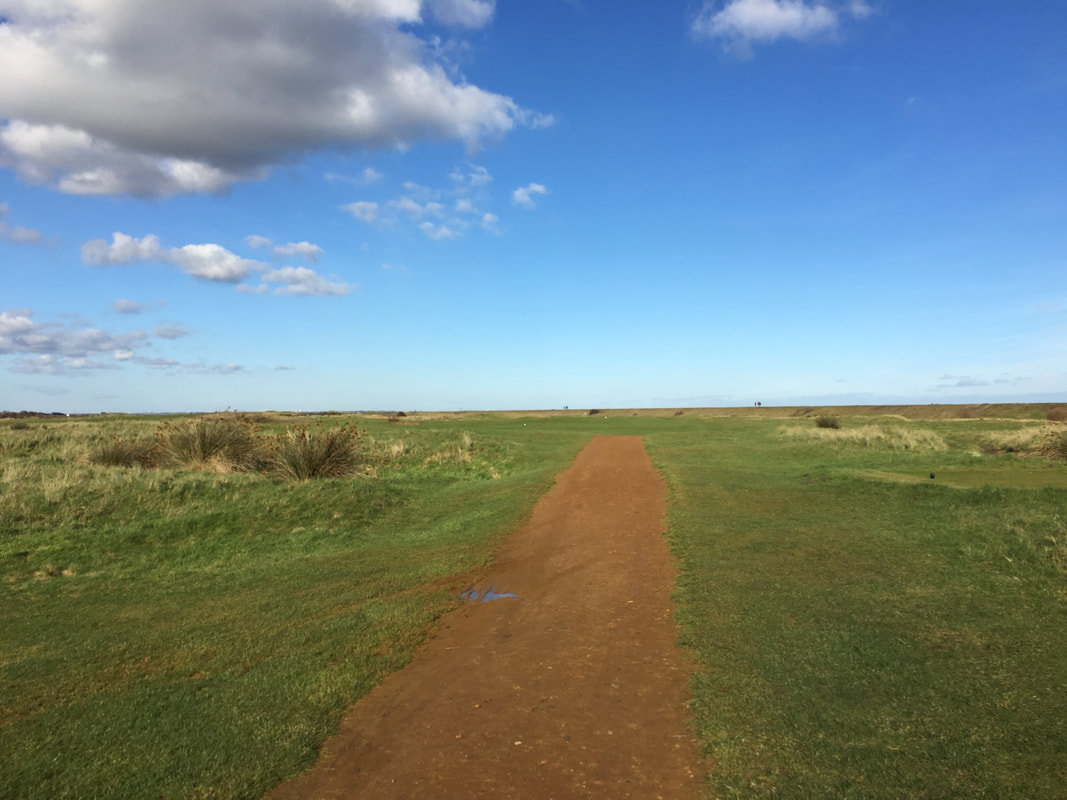
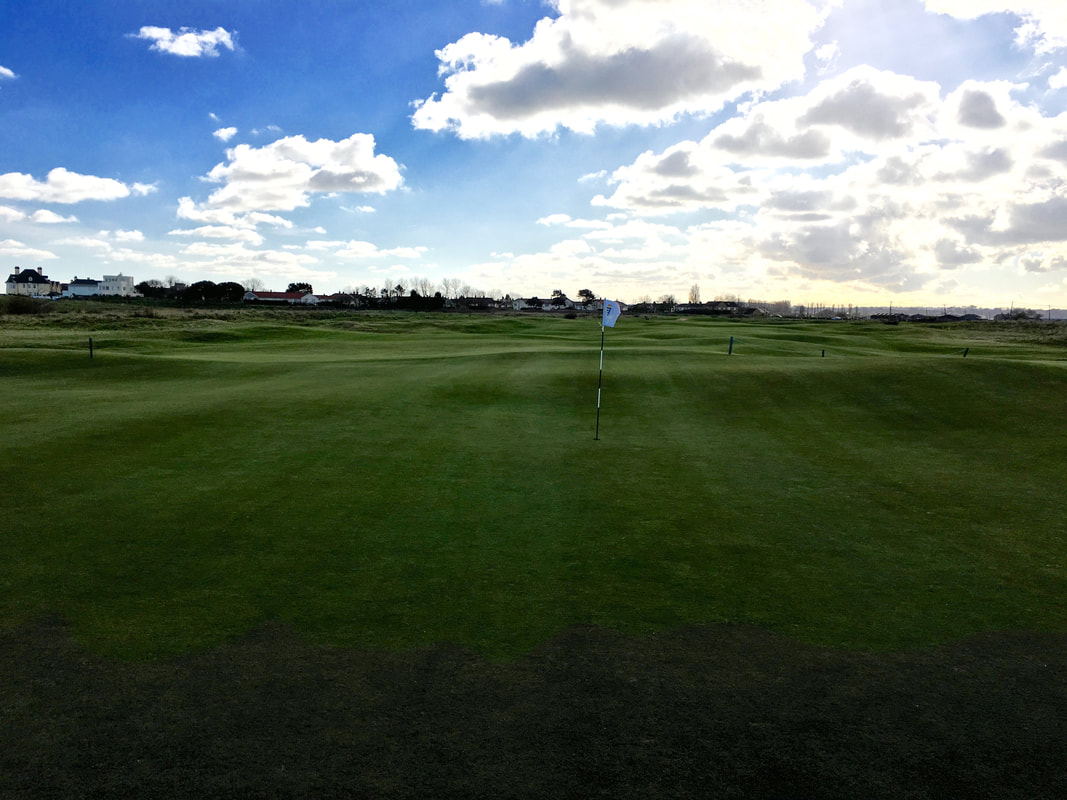
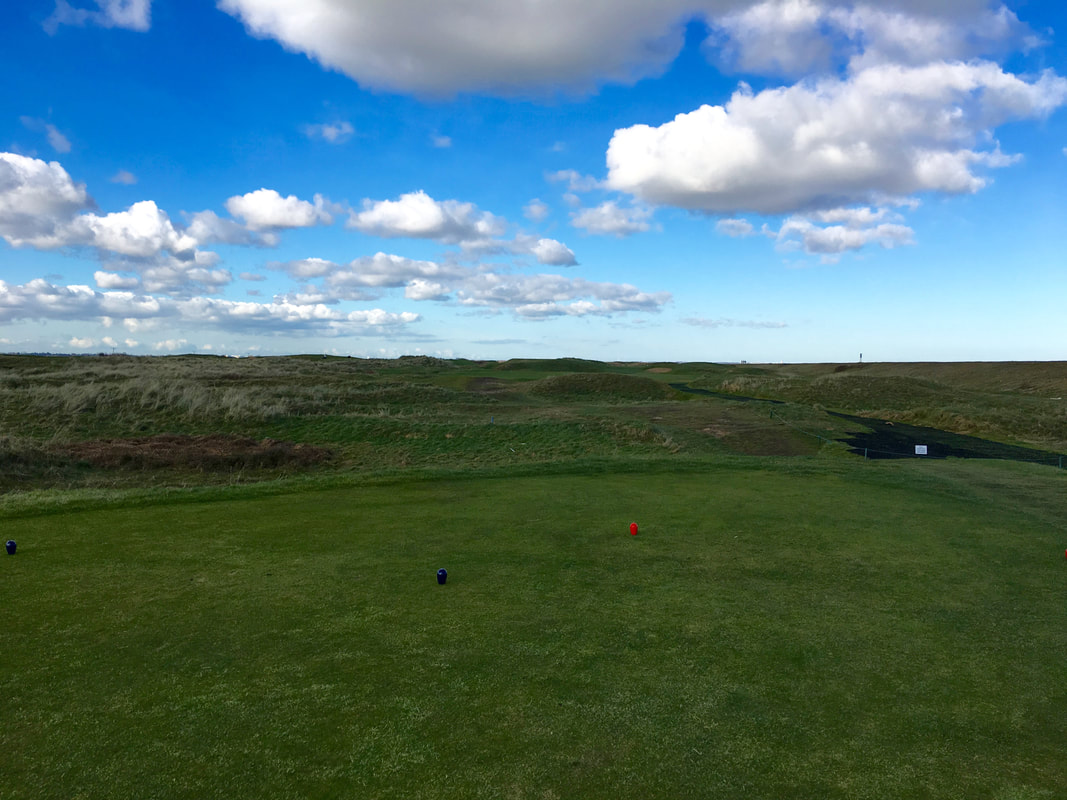
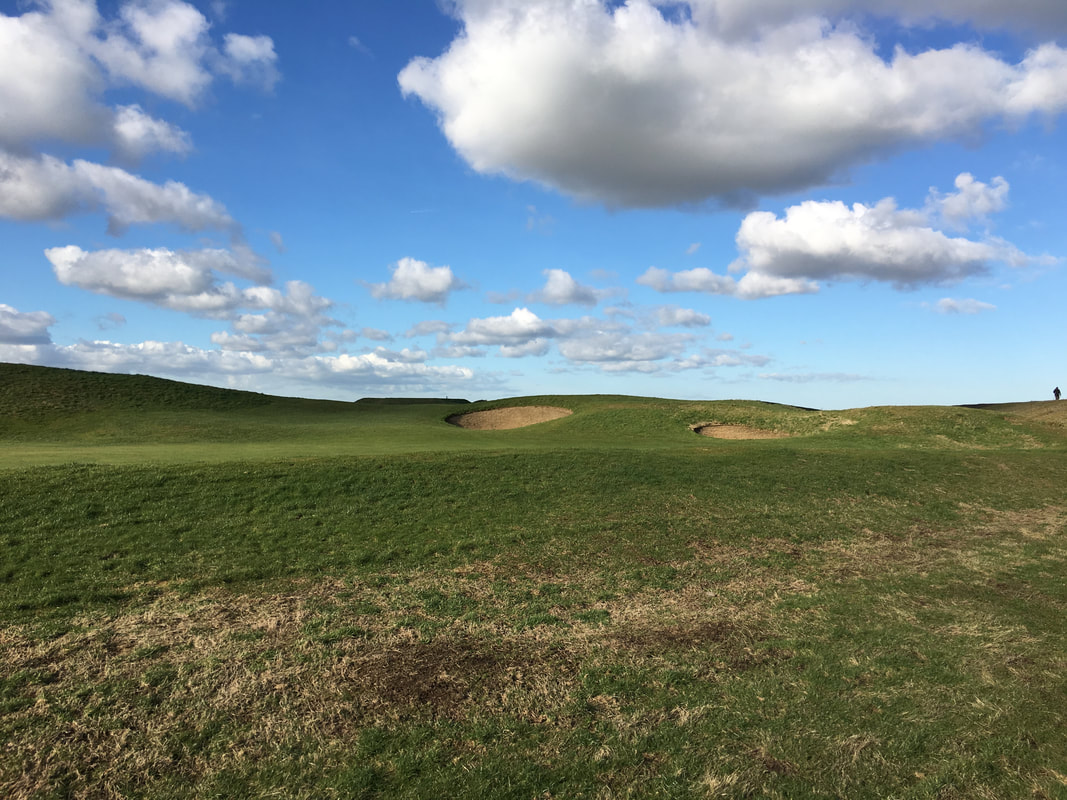
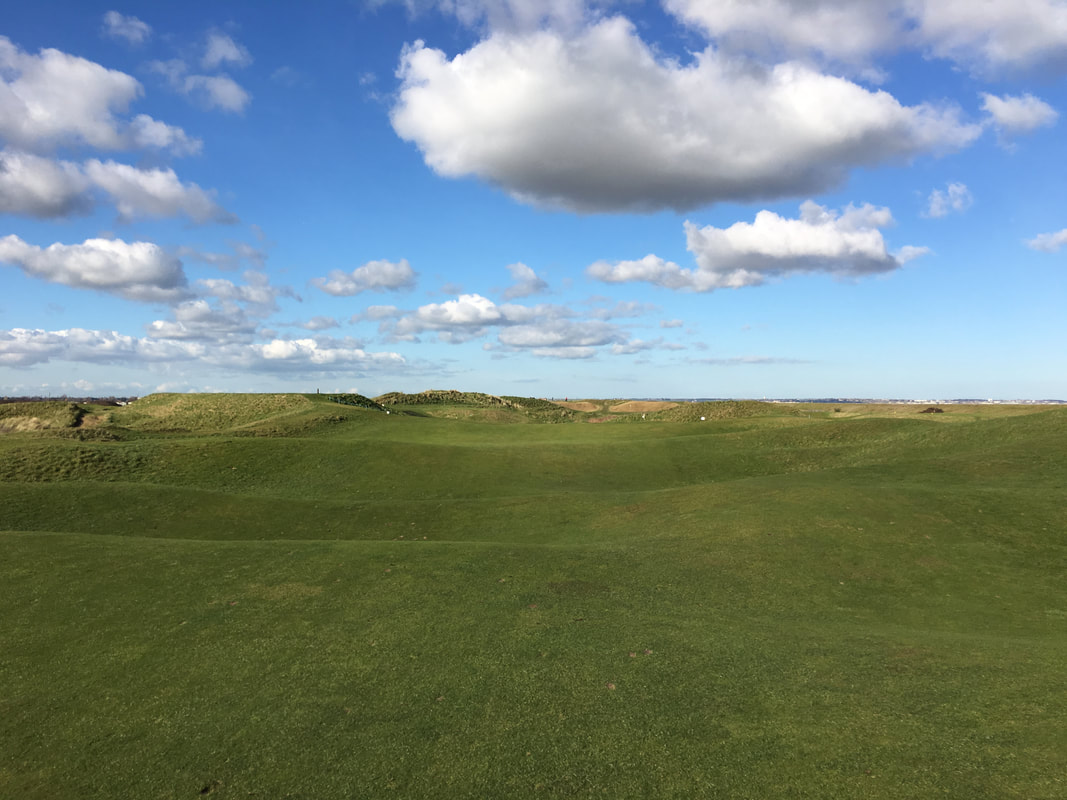
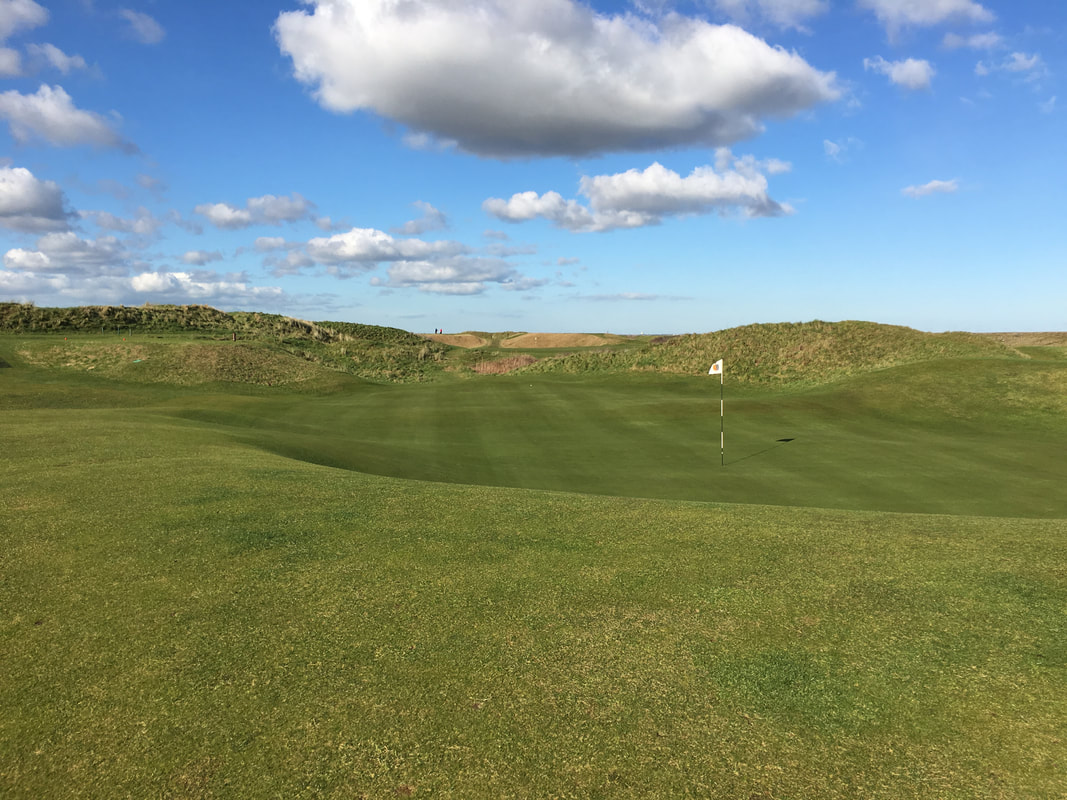
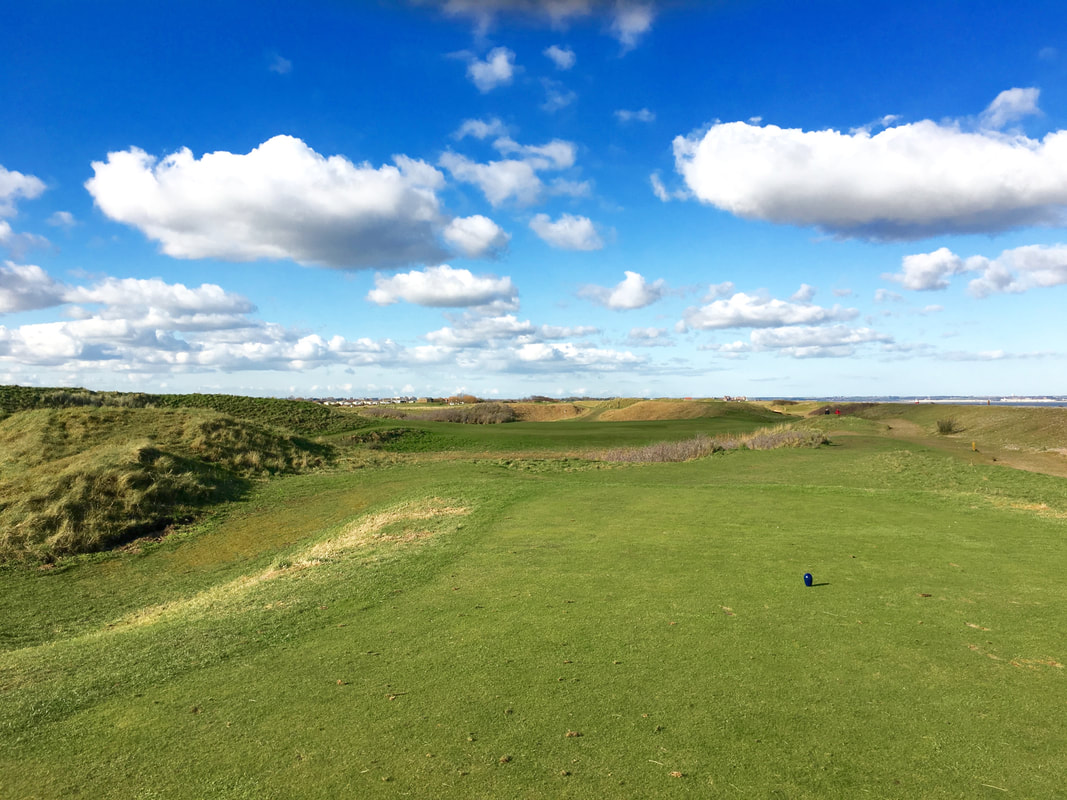
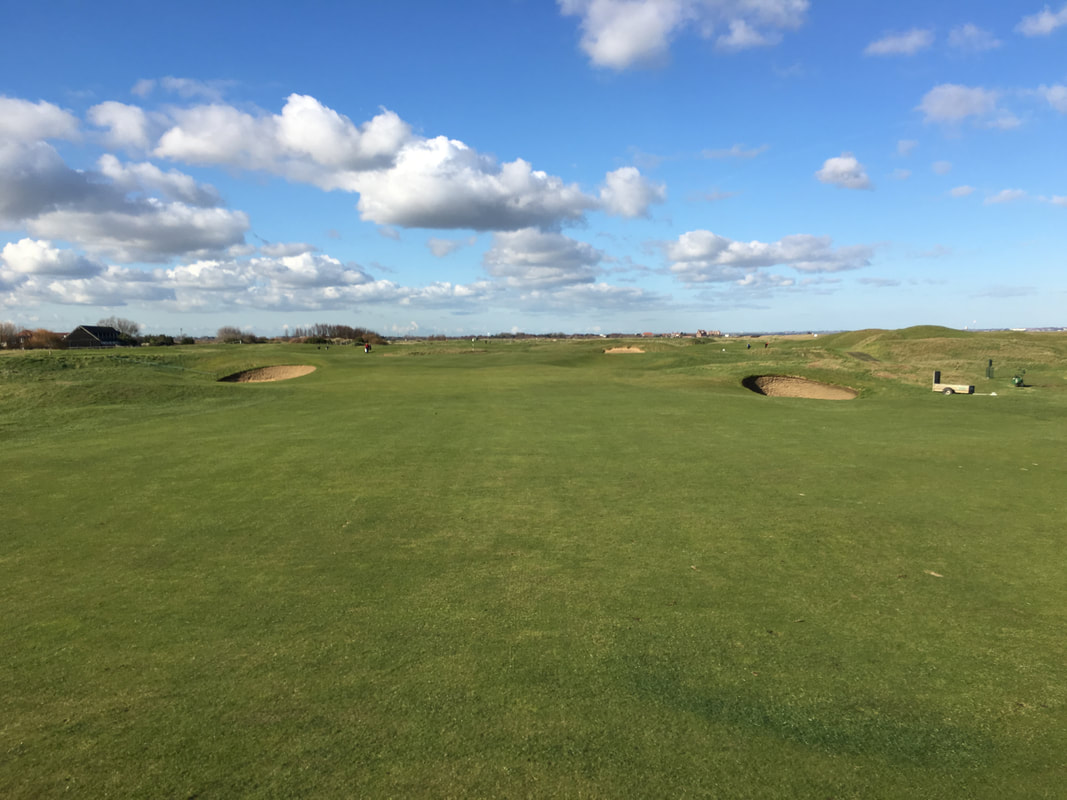
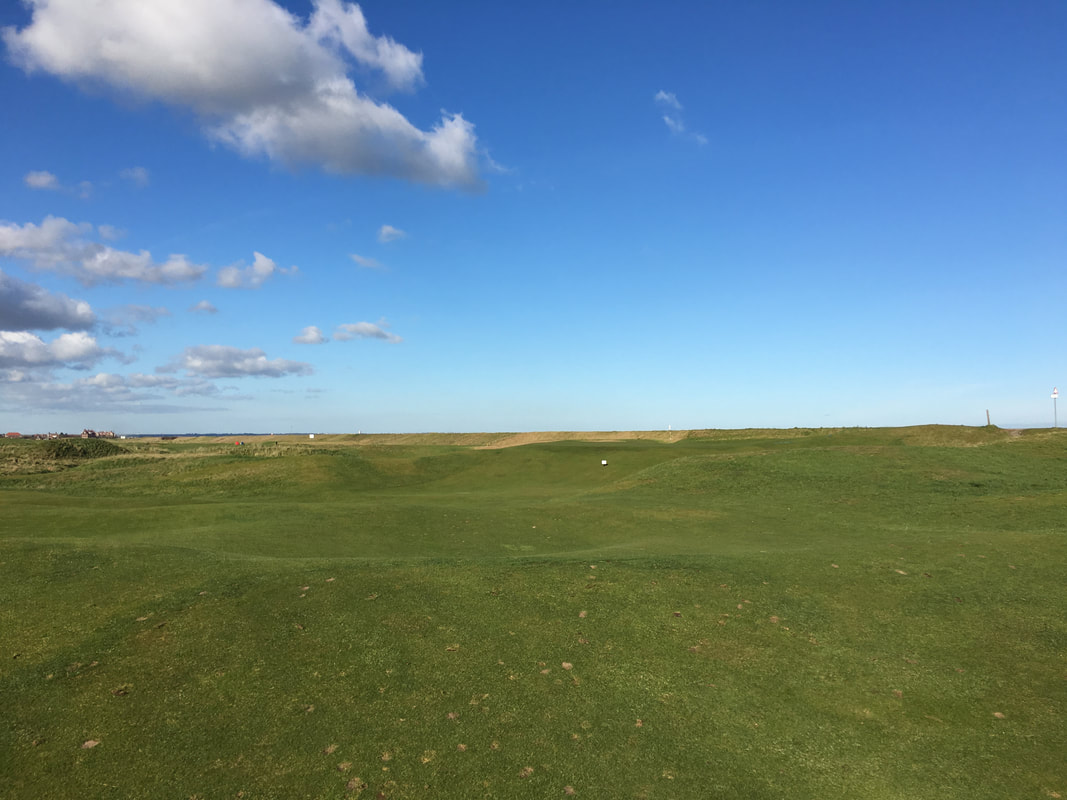

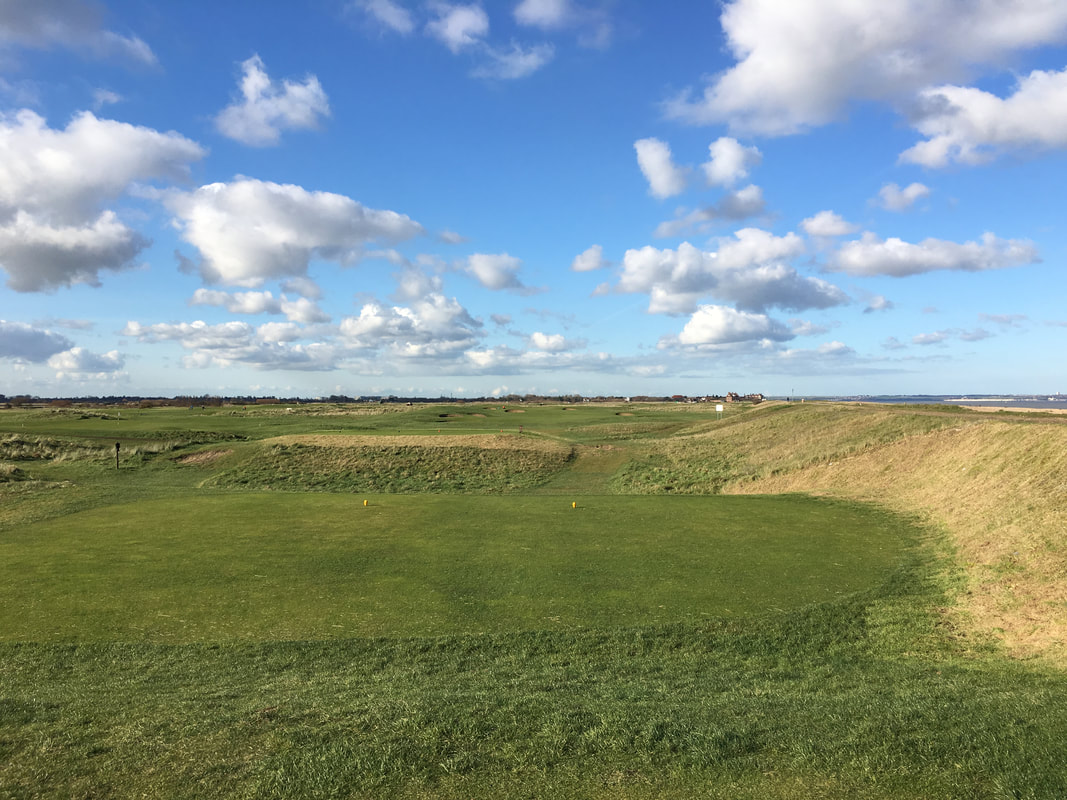
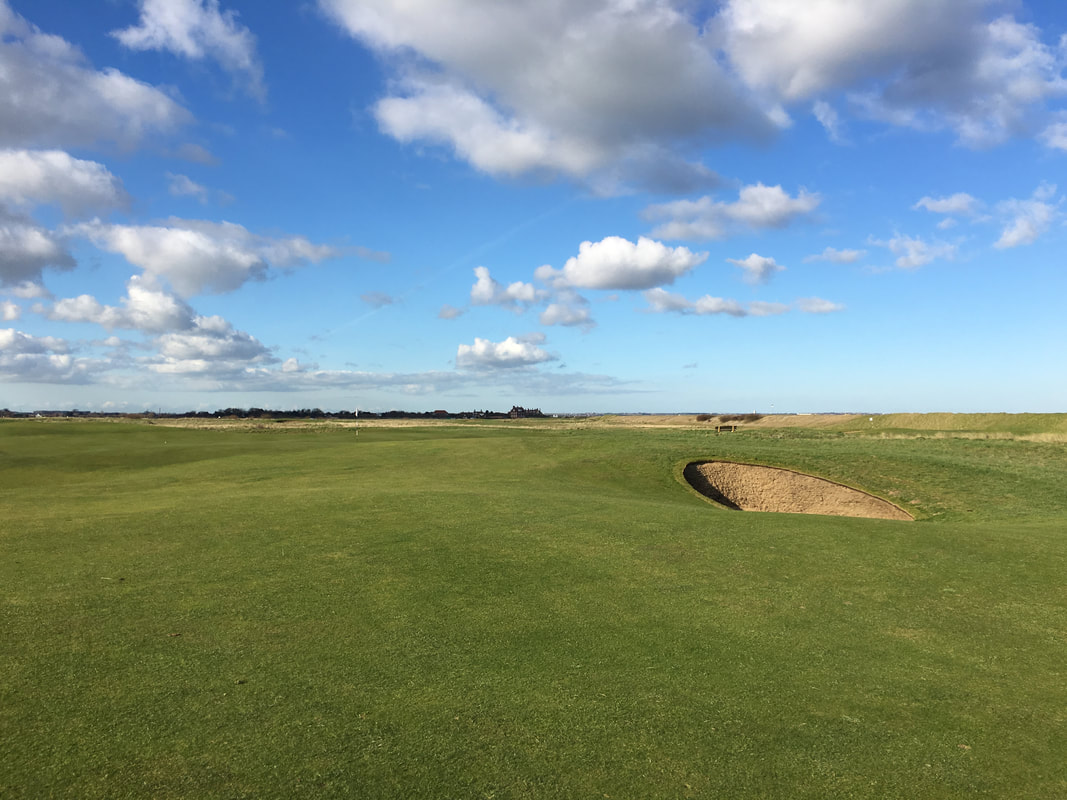
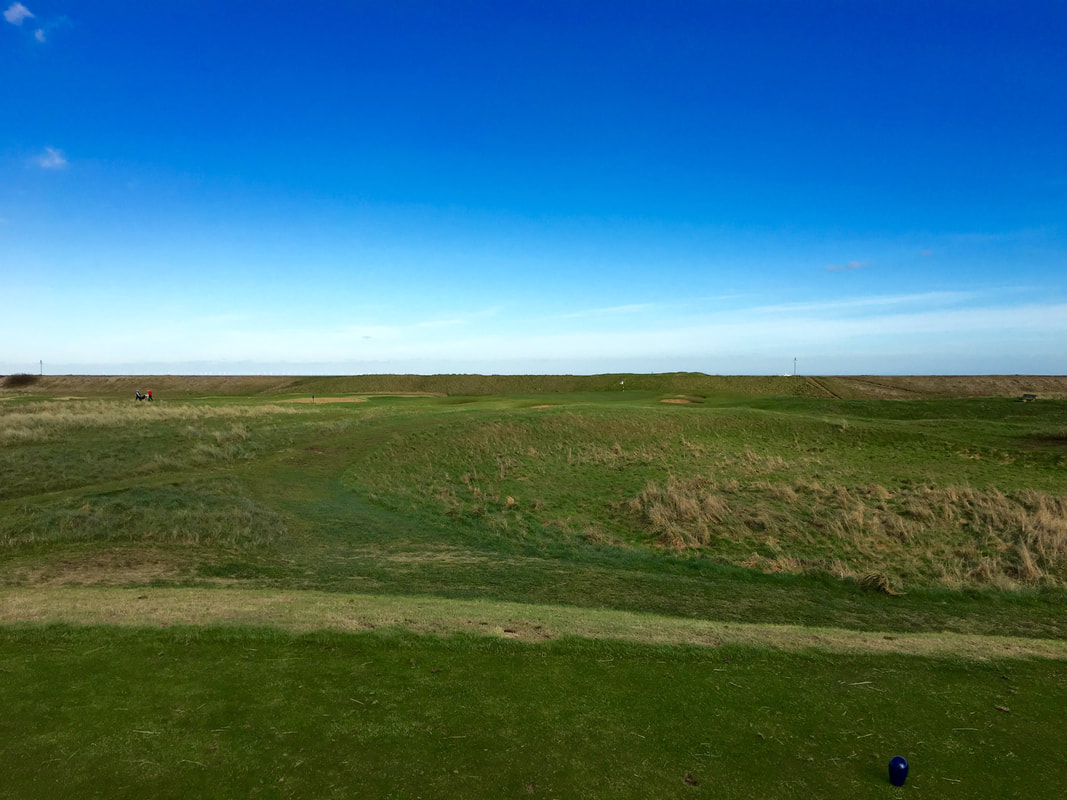
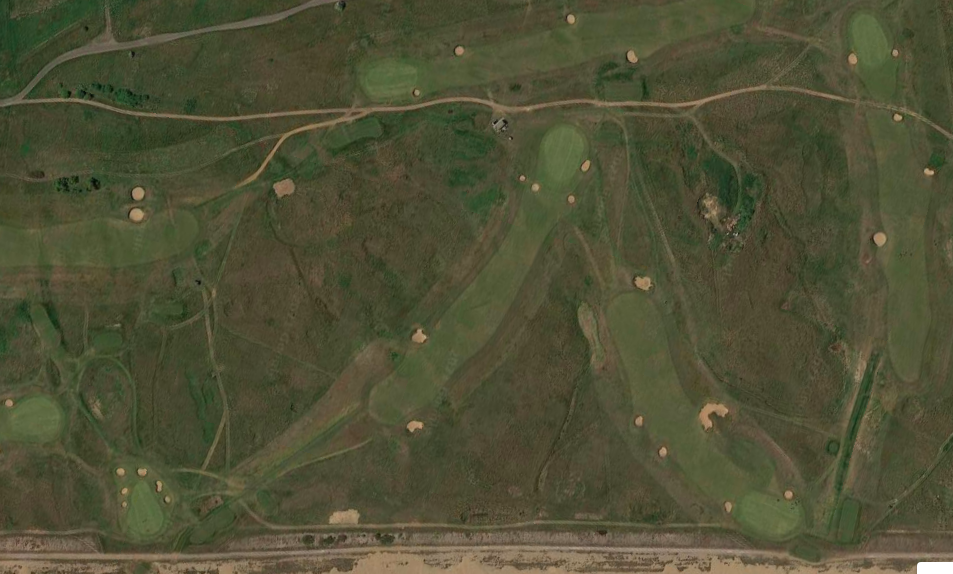
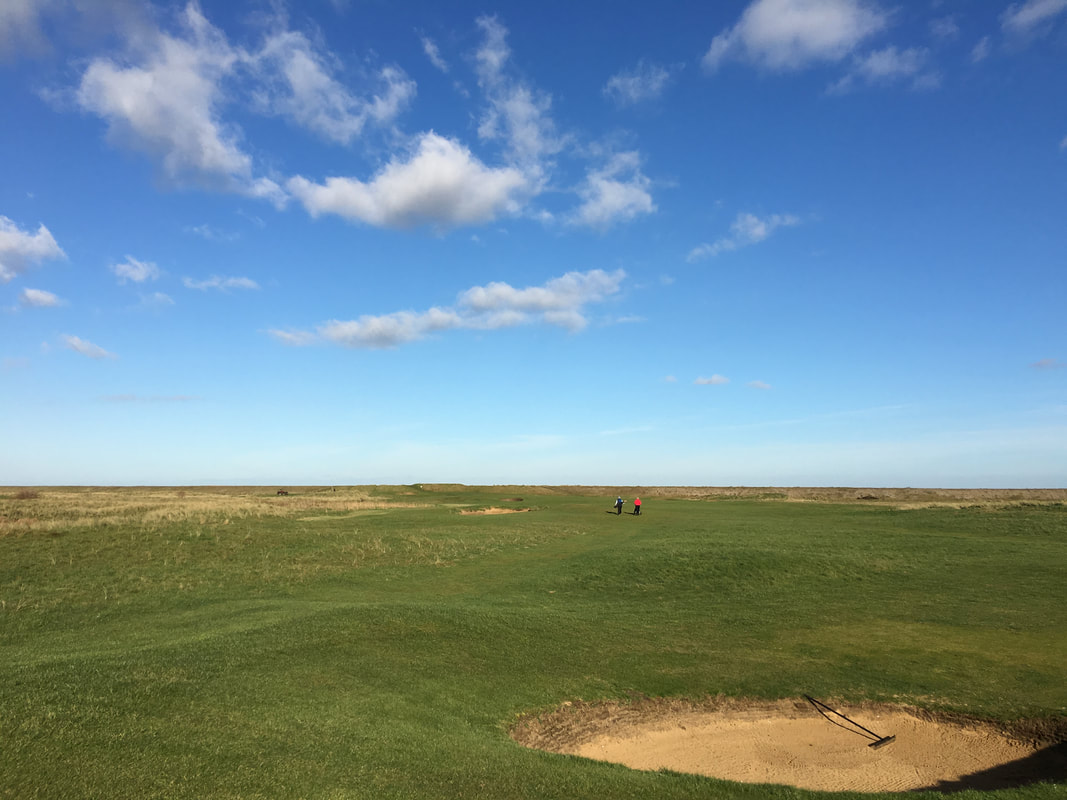
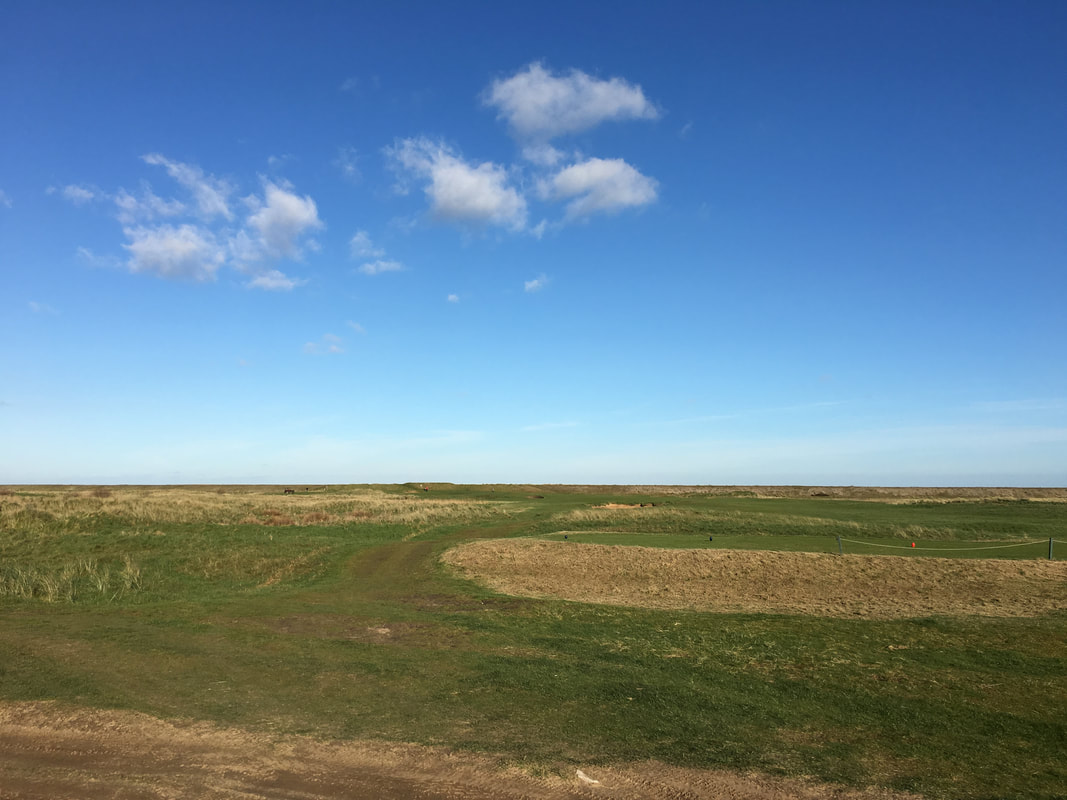
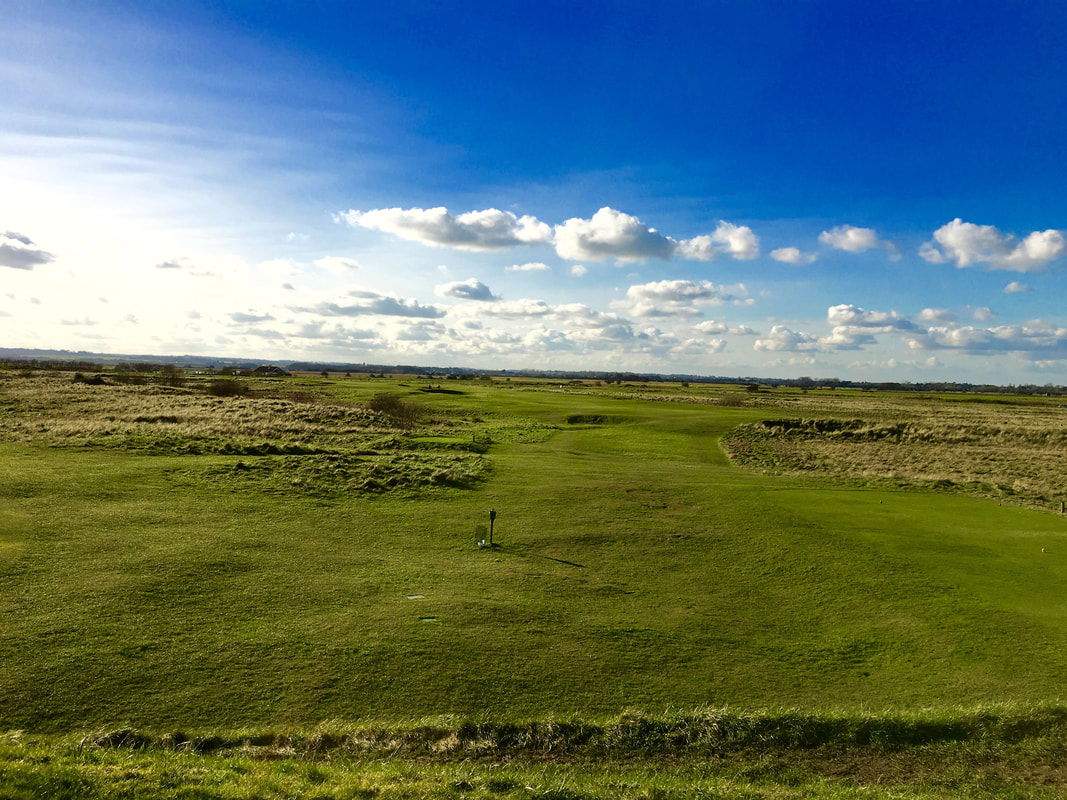
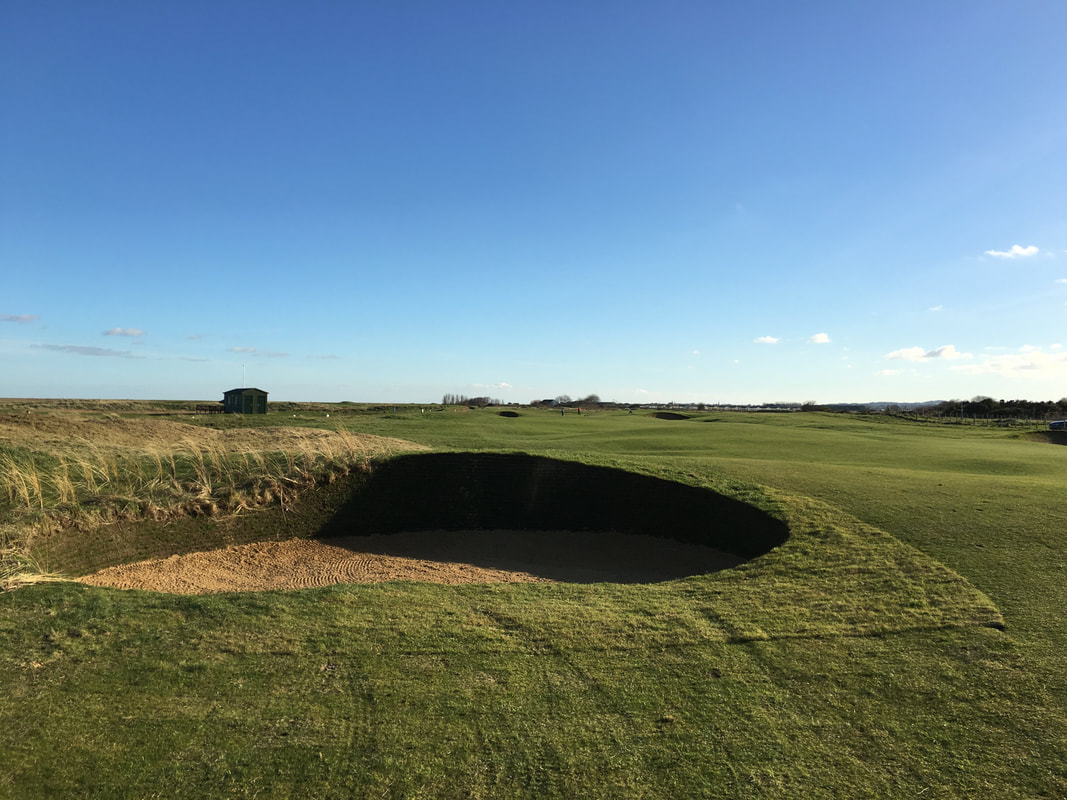

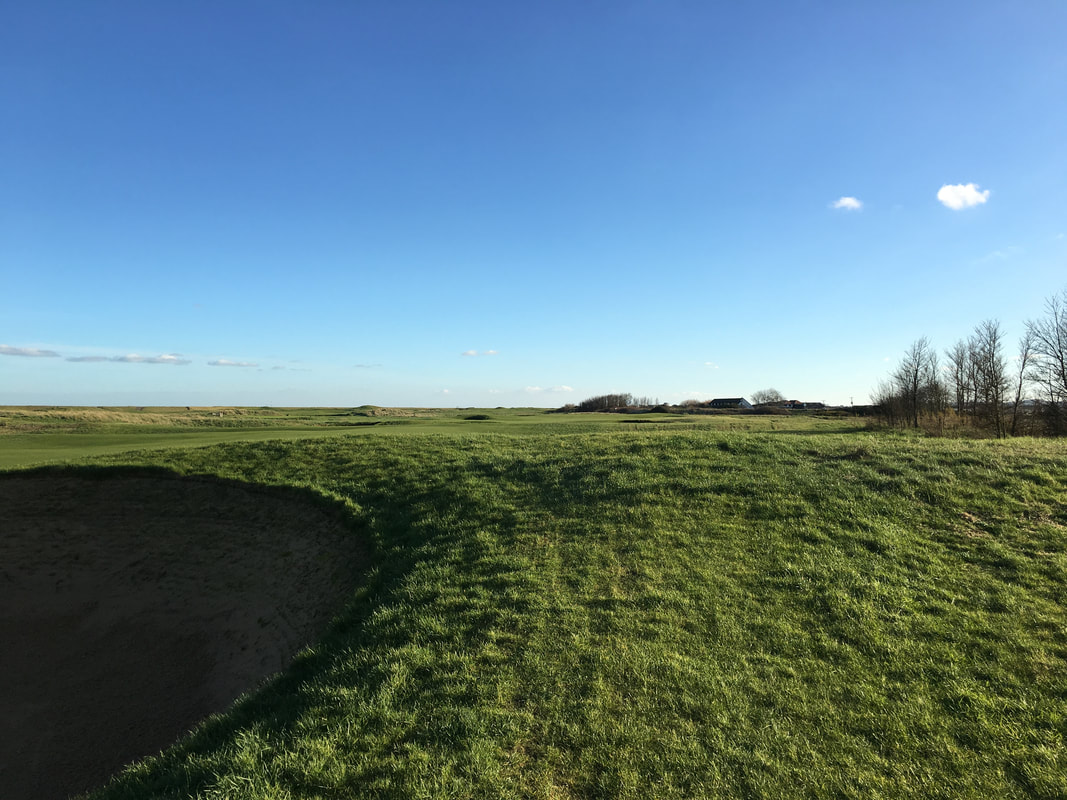
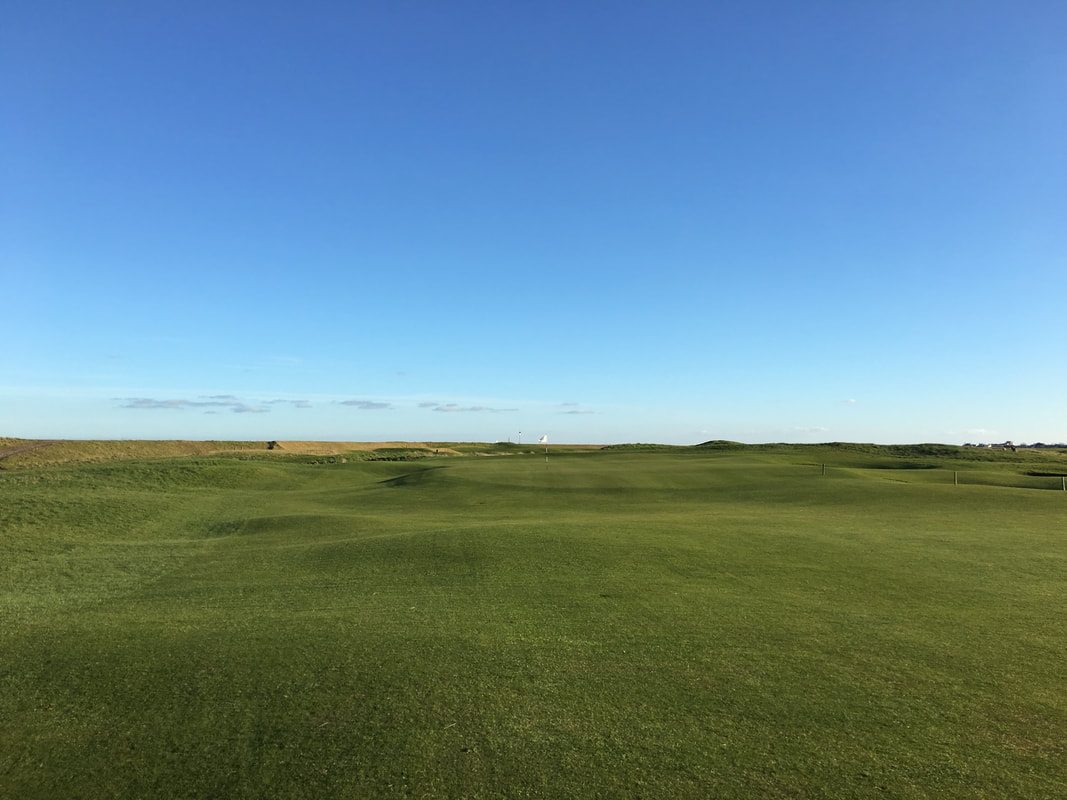

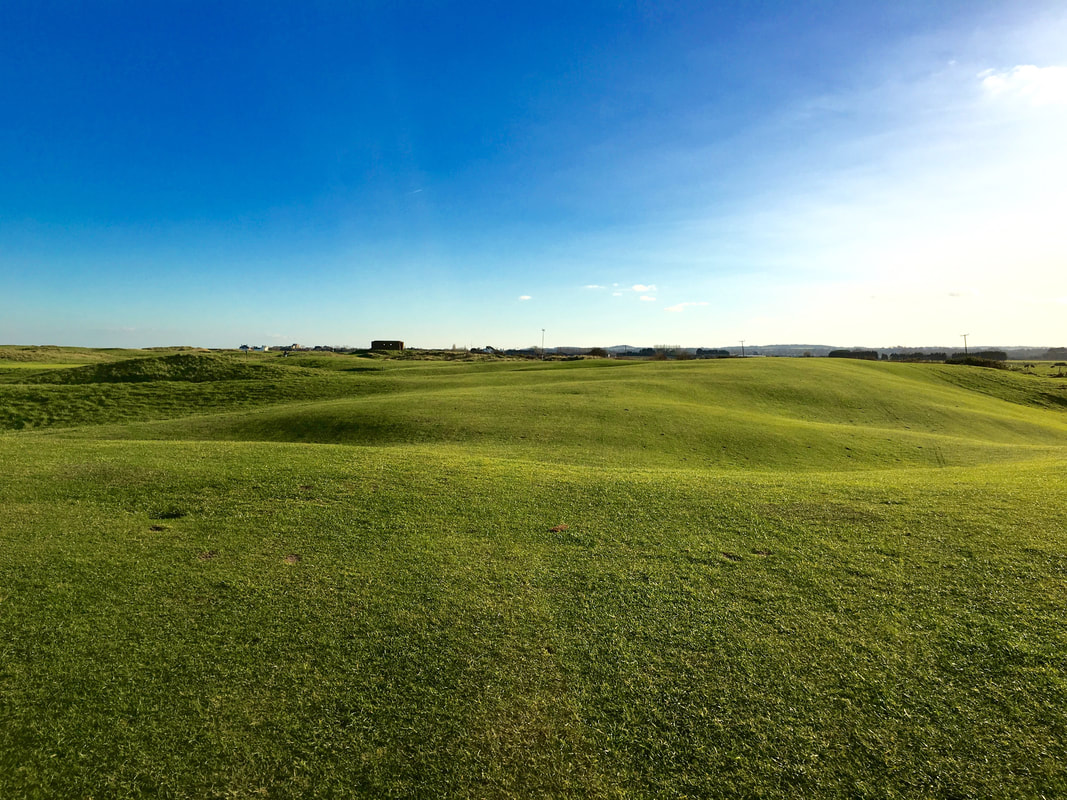
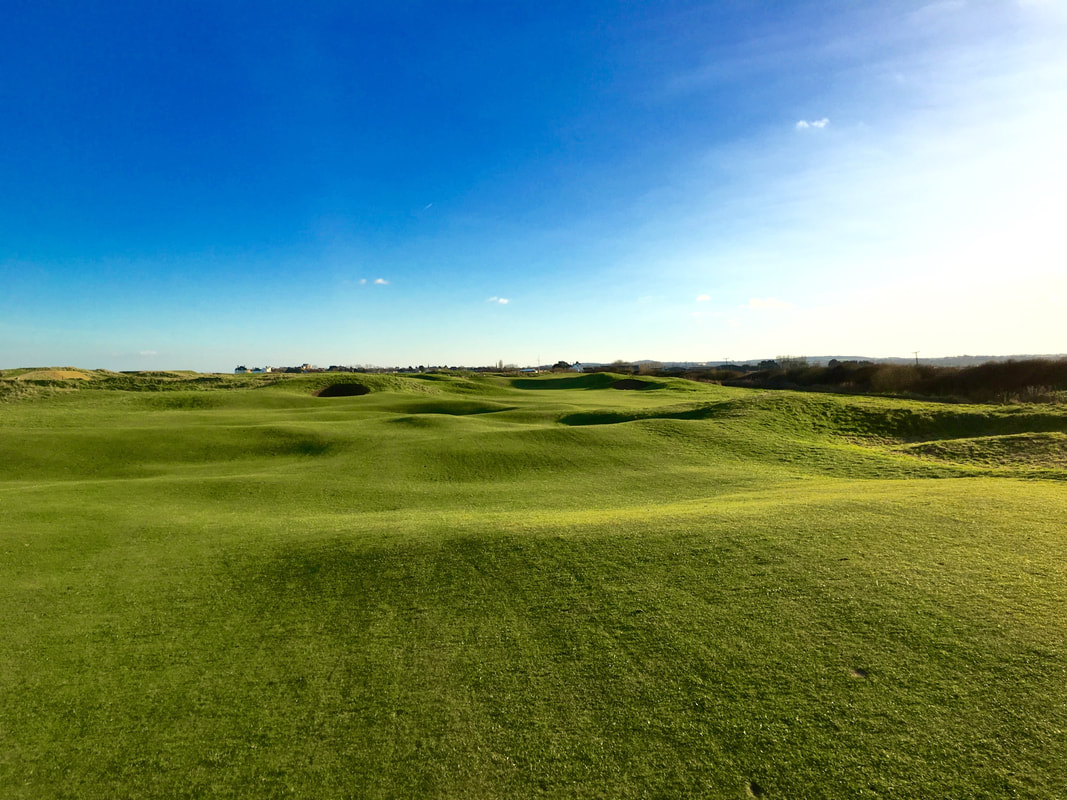
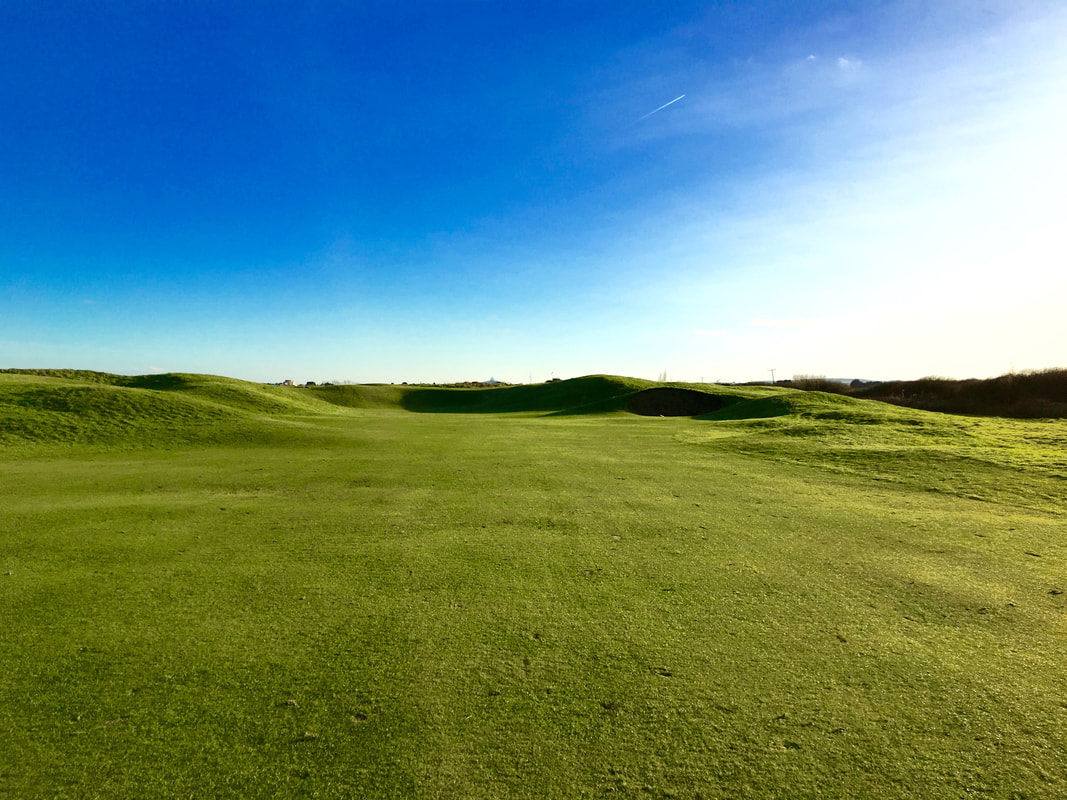
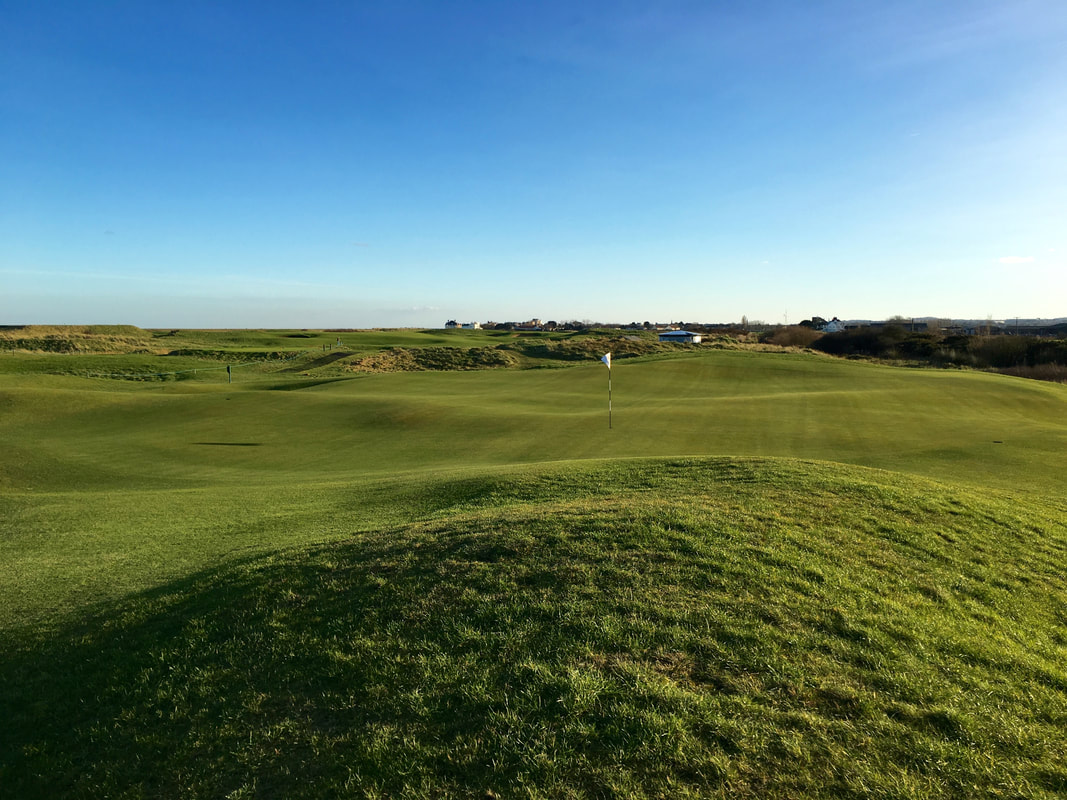
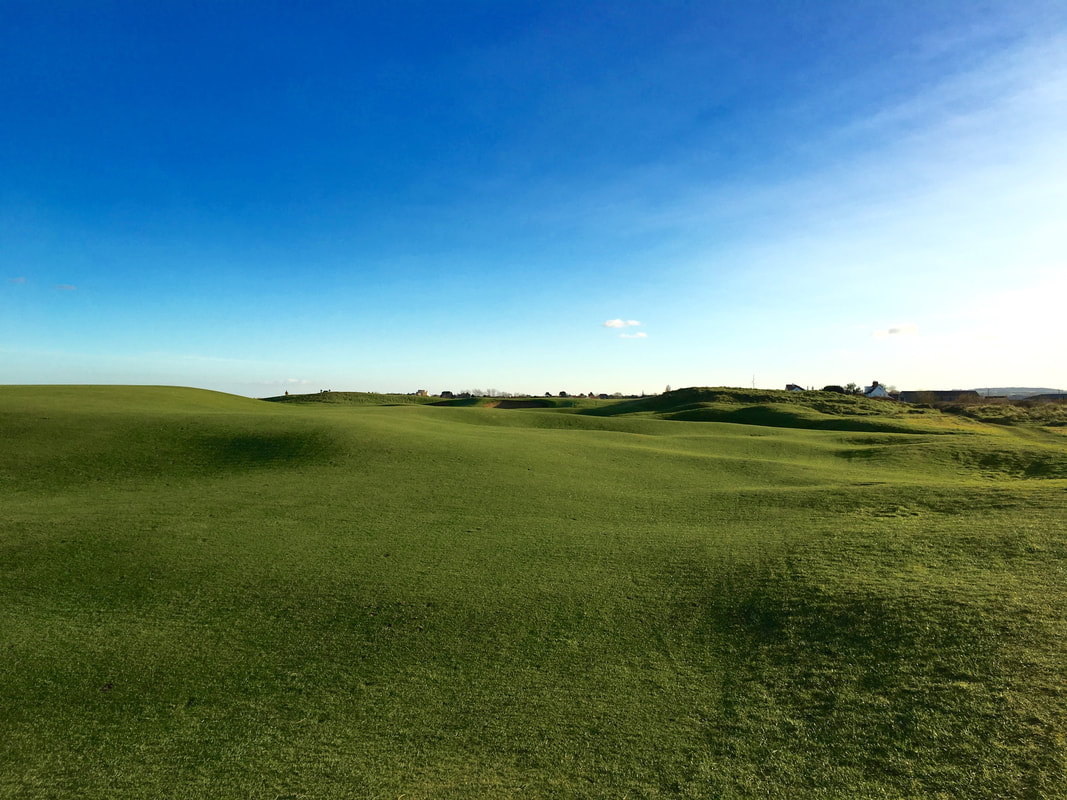

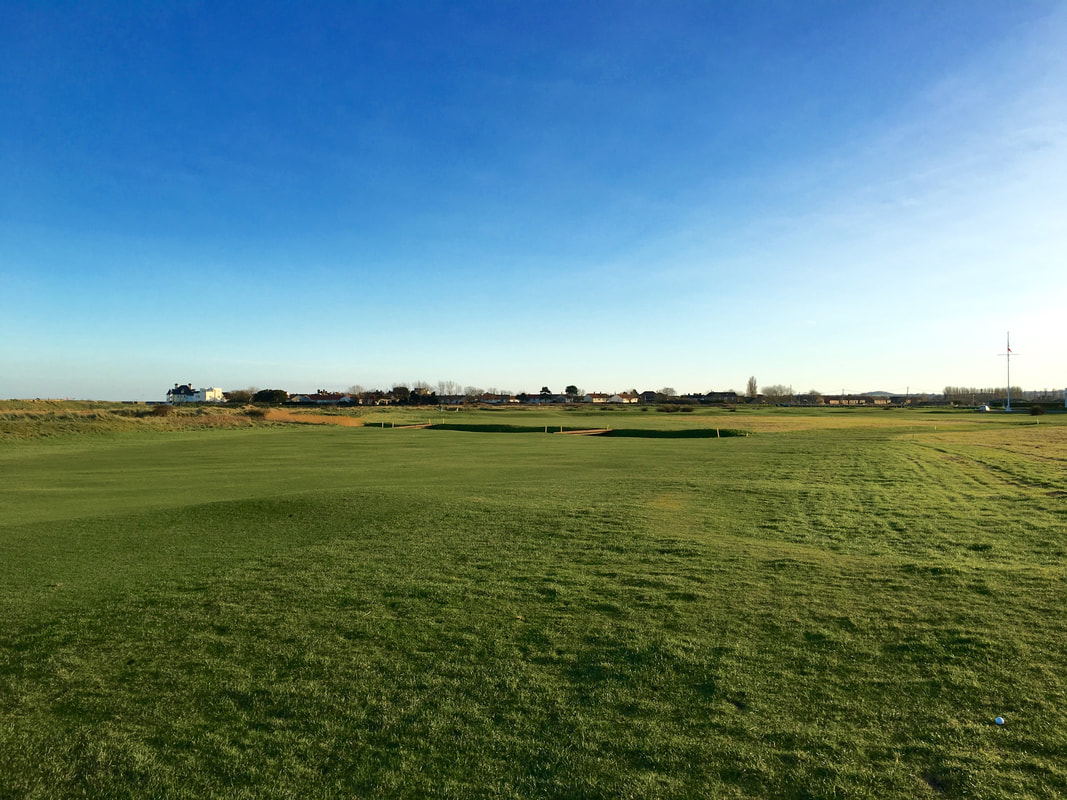
 RSS Feed
RSS Feed